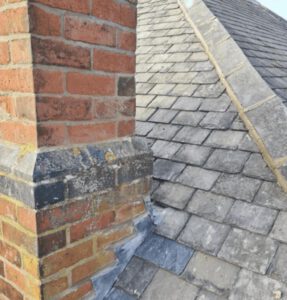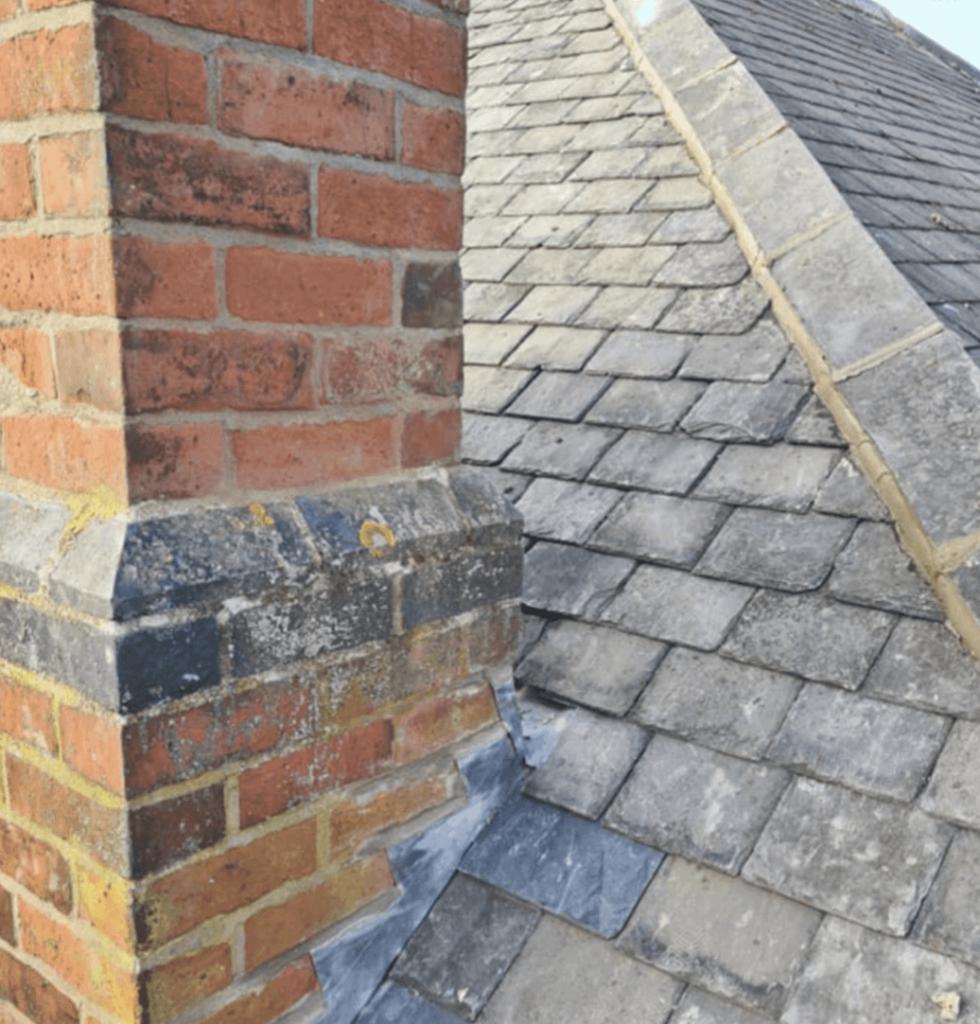The chimney is one of the most vulnerable parts of your home. It’s exposed to all sorts of weather elements, like rain and ice.

This is why it’s important to have your chimney inspected and repaired on a regular basis. It will save you from major damage later on and also prevent a potential chimney fire.
A cracked clay tile flue liner can be a dangerous problem that needs to be repaired as soon as possible. This issue can lead to dangerous gas leakage, allowing carbon monoxide to enter your home and deadly heat transfer to the surrounding combustibles, increasing the risk of a house fire.
Cracked chimney liners are a common chimney problem that often requires relining to fix. This process is an invasive but safe and affordable procedure that is typically performed by an experienced chimney sweep.
Once the chimney is lined, it will regulate the amount of heat transferred from your fireplace to your home while also protecting the masonry work from damage and reducing your energy bills. Chimney liners come in a variety of materials and are designed to meet the unique requirements of each home.
The deterioration caused by moisture, acidic flue gases, and heat can cause the mortar joints to break down and the tiles to crack and split. These small cracks can create creosote buildup and increase the risk of a house fire.
The most effective way to repair a cracked clay tile flue liner is to have the entire chimney lined or relined. A professional chimney sweep can remove the damaged clay tile liners and replace them with new ones, smoothing out the chimney with a layer of new mortar.
A chimney crown is a concrete slab or metal plate that sits on top of the highest bricks in a chimney and stops water from seeping through the mortar joints of your chimney. It also hangs over the edge of the chimney, allowing water to run down onto the roof instead of down the joint between your chimney and your home.
The deterioration of a chimney crown can lead to serious issues, including structural failure and water damage to your home. The crown can also become a fire hazard when it’s cracked or damaged.
To repair a cracked chimney crown, first you need to remove all loose debris and mold from the surface. A stiff wire brush will help you to do this. Next, you will need to apply duct tape around the flue tiles about 1 inch above the crown. You will need to also tape around each of the vertical brick joints.
Once the crown is clean and dry, you can begin to make repairs to the cracks in the cement forming the chimney crown. Use a high-quality silicone or acrylic caulk to fill in any cracks.
For larger cracks, fill them with a strong-bonding concrete patching compound. You can also use a spray bottle to mist the patching material so that it can be spread evenly and easily.
The kind of repairs needed for a cracked chimney crown will depend on how severe the damage is. Small cracks should be filled and sealed, while more significant damage may require a complete replacement of the crown.
When a chimney leaks, the first thing to look for is flashing damage. It is a metal fitting that is installed where the chimney meets the roofline, and it creates a watertight seal to prevent leaks. It is important to regularly inspect and maintain this element of the home to ensure it continues to work properly and doesn’t deteriorate.
Chimney flashing can be made of a variety of materials, including copper, aluminum, and PVC. It is typically a two-layer system consisting of step flashing and counter flashing.
The first layer is a step flashing that is designed to go in between the bricks of a chimney and bend up to cover the top of the shingles around it. The second layer is the counter flashing, which bends down and into the mortar joints around the chimney.

